Molecular Mechanisms in Genetic Aortopathy–Signaling Pathways and Potential Interventions
Por um escritor misterioso
Last updated 03 abril 2025
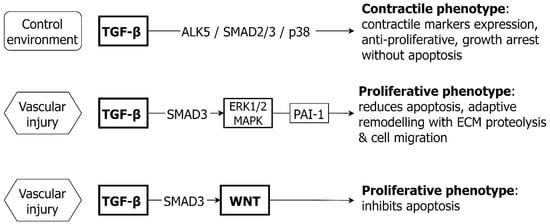
Thoracic aortic disease affects people of all ages and the majority of those aged <60 years have an underlying genetic cause. There is presently no effective medical therapy for thoracic aneurysm and surgery remains the principal intervention. Unlike abdominal aortic aneurysm, for which the inflammatory/atherosclerotic pathogenesis is well established, the mechanism of thoracic aneurysm is less understood. This paper examines the key cell signaling systems responsible for the growth and development of the aorta, homeostasis of endothelial and vascular smooth muscle cells and interactions between pathways. The evidence supporting a role for individual signaling pathways in pathogenesis of thoracic aortic aneurysm is examined and potential novel therapeutic approaches are reviewed. Several key signaling pathways, notably TGF-β, WNT, NOTCH, PI3K/AKT and ANGII contribute to growth, proliferation, cell phenotype and survival for both vascular smooth muscle and endothelial cells. There is crosstalk between pathways, and between vascular smooth muscle and endothelial cells, with both synergistic and antagonistic interactions. A common feature of the activation of each is response to injury or abnormal cell stress. Considerable experimental evidence supports a contribution of each of these pathways to aneurysm formation. Although human information is less, there is sufficient data to implicate each pathway in the pathogenesis of human thoracic aneurysm. As some pathways i.e., WNT and NOTCH, play key roles in tissue growth and organogenesis in early life, it is possible that dysregulation of these pathways results in an abnormal aortic architecture even in infancy, thereby setting the stage for aneurysm development in later life. Given the fine tuning of these signaling systems, functional polymorphisms in key signaling elements may set up a future risk of thoracic aneurysm. Multiple novel therapeutic agents have been developed, targeting cell signaling pathways, predominantly in cancer medicine. Future investigations addressing cell specific targeting, reduced toxicity and also less intense treatment effects may hold promise for effective new medical treatments of thoracic aortic aneurysm.

An overview of the molecular mechanisms underlying development and progression of bicuspid aortic valve disease - Journal of Molecular and Cellular Cardiology

Recent Advances in Understanding the Molecular Pathophysiology of Angiotensin II Receptors: Lessons From Cell-Selective Receptor Deletion in Mice - Canadian Journal of Cardiology
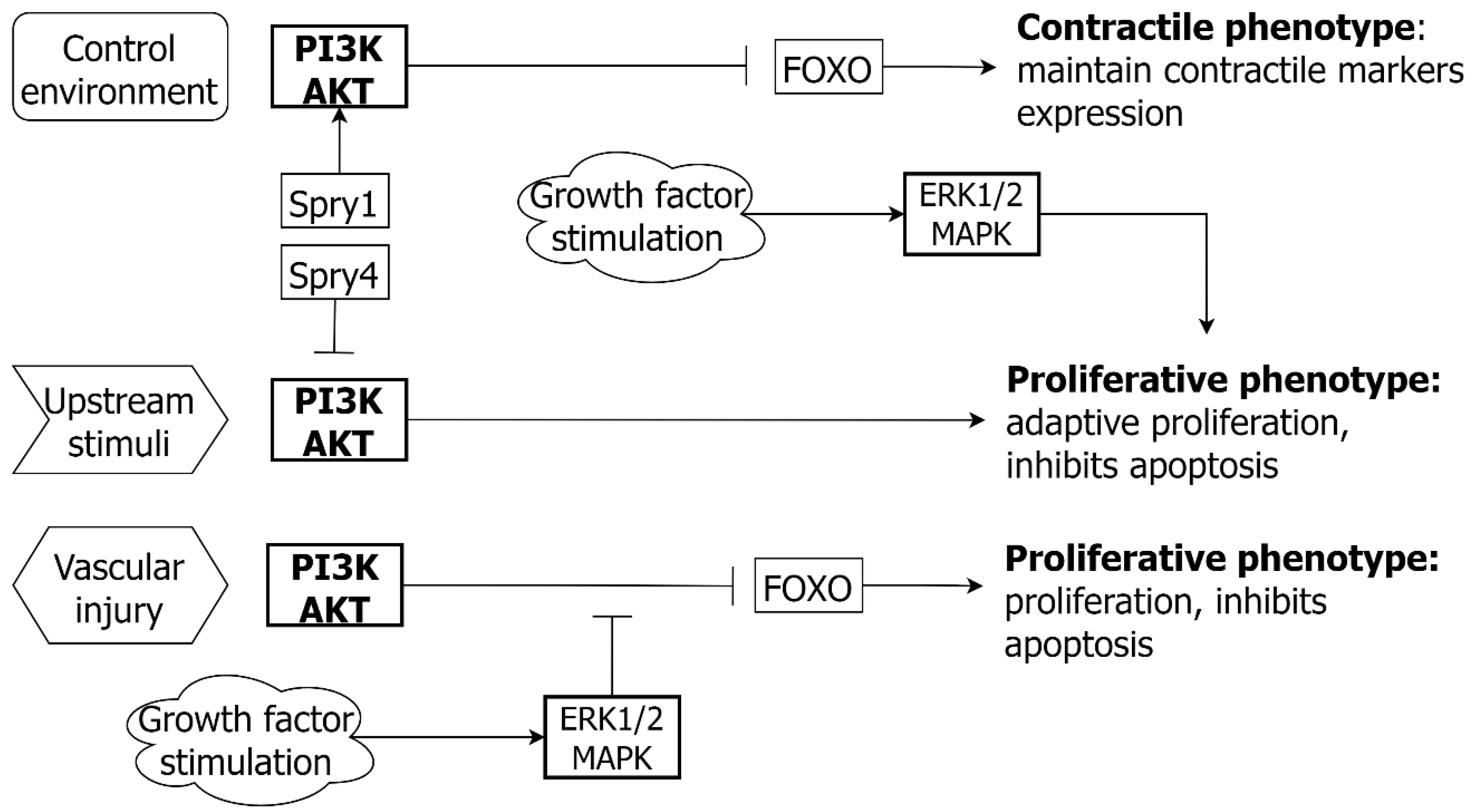
IJMS, Free Full-Text

The role of Wnt signalling in development of coronary artery disease and its risk factors

The genetic and molecular basis of bicuspid aortic valve associated thoracic aortopathy: a link to phenotype heterogeneity. - Abstract - Europe PMC
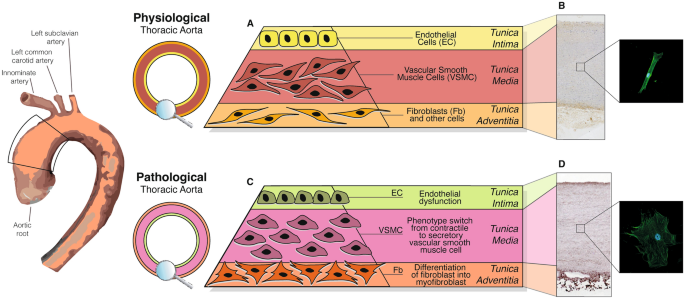
Multi-omics in thoracic aortic aneurysm: the complex road to the simplification, Cell & Bioscience

Summary of the mechanisms of ANGII signaling pathways in EC. Excessive

Pathway analysis identifies novel non-synonymous variants contributing to extreme vascular outcomes in Williams-Beuren syndrome

Thoracic aortic aneurysm gene dictionary - Stefanie Rohde, Mohammad A Zafar, Bulat A Ziganshin, John A Elefteriades, 2021

Involvement of non‑coding RNAs in the pathogenesis of myocardial ischemia/reperfusion injury (Review)
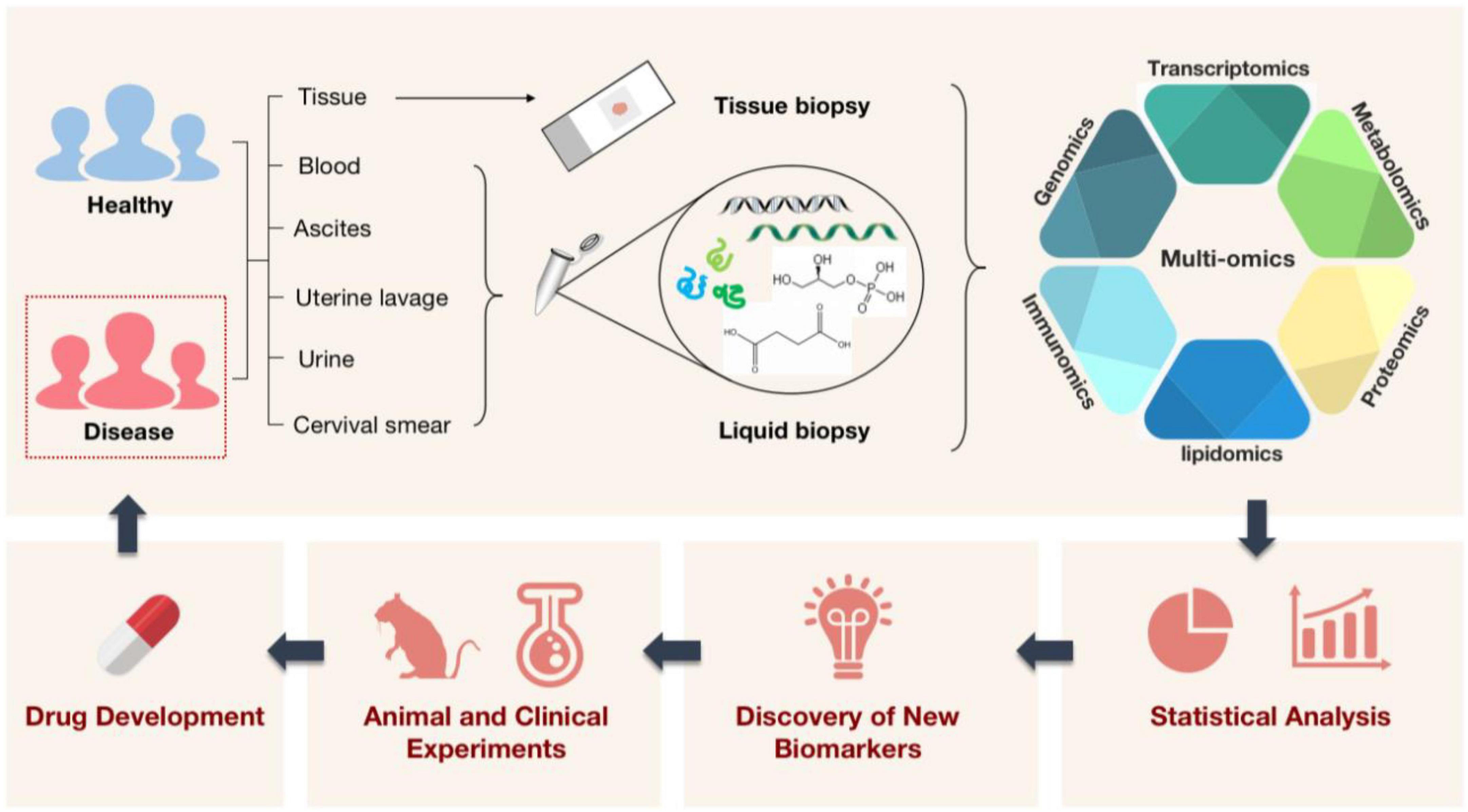
Frontiers Applying multi-omics techniques to the discovery of biomarkers for acute aortic dissection

Cellular Mechanisms of Aortic Aneurysm Formation
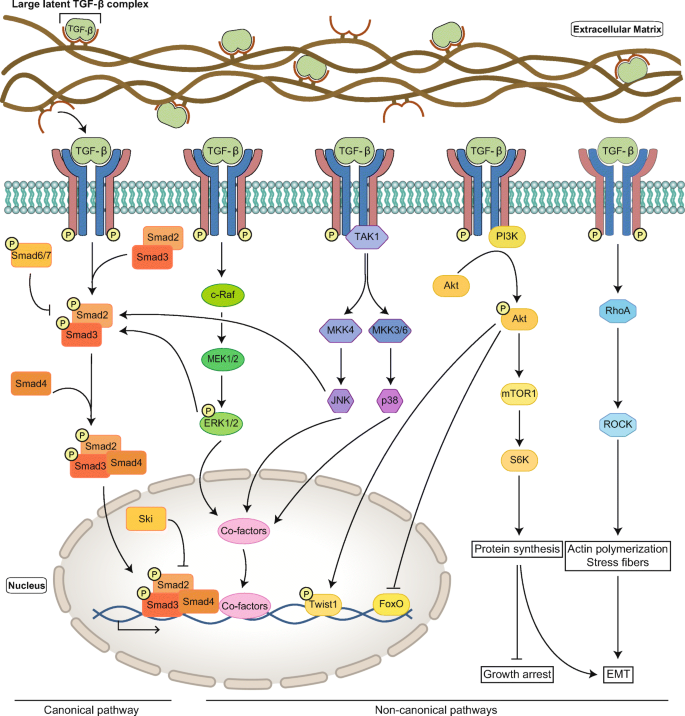
Transforming Growth Factor-β and the Renin-Angiotensin System in Syndromic Thoracic Aortic Aneurysms: Implications for Treatment
Recomendado para você
-
 Linn da Quebrada é alvo de ataque transfóbico chocante em podcast03 abril 2025
Linn da Quebrada é alvo de ataque transfóbico chocante em podcast03 abril 2025 -
 Flow Podcast #28 - ARTHUR PETRY03 abril 2025
Flow Podcast #28 - ARTHUR PETRY03 abril 2025 -
 ARTHUR PETRY (À DERIVA PODCAST) - Mais que 8 Minutos #16603 abril 2025
ARTHUR PETRY (À DERIVA PODCAST) - Mais que 8 Minutos #16603 abril 2025 -
Arthur Petry - Gente. Papo sério agora. Isso é muito grave. Parece que esse comediante - que eu não sei quem é - leu um processo que recebeu ao vivo no palco.03 abril 2025
-
Arthur petry fala sobre uma solução para o Brasil. #fy #podcast #arthu03 abril 2025
-
 ARTHUR PETRY fala sobre um mundo Gay03 abril 2025
ARTHUR PETRY fala sobre um mundo Gay03 abril 2025 -
Sabe uma coisa que eu odeio? MOLHERES” #piada #humortiktok #futebol #03 abril 2025
-
ESTELIONATO AMOROSO💰💔 Arthur, Tiago e Ernane discutem sobre estelion03 abril 2025
-
 Mario Schwartzmann, Brazilian Flat Earther, Anti-Vax, Anti-Semite, etc. influencer died January 13th, 2022 due to untreated diabetes. More context and translations in the comments. : r/DeathsofDisinfo03 abril 2025
Mario Schwartzmann, Brazilian Flat Earther, Anti-Vax, Anti-Semite, etc. influencer died January 13th, 2022 due to untreated diabetes. More context and translations in the comments. : r/DeathsofDisinfo03 abril 2025 -
 Fox and Friends (TV Series 1998– ) - “Cast” credits - IMDb03 abril 2025
Fox and Friends (TV Series 1998– ) - “Cast” credits - IMDb03 abril 2025
você pode gostar
-
 Adam Sandler & Jennifer Aniston Recap Murder Mystery03 abril 2025
Adam Sandler & Jennifer Aniston Recap Murder Mystery03 abril 2025 -
 Arugula Roquette Heirloom Seeds Open Pollinated Non-GMO03 abril 2025
Arugula Roquette Heirloom Seeds Open Pollinated Non-GMO03 abril 2025 -
/cdn.vox-cdn.com/assets/1142867/Minecraft-360.jpg) Netflix is getting Minecraft: Story Mode later this year - The Verge03 abril 2025
Netflix is getting Minecraft: Story Mode later this year - The Verge03 abril 2025 -
 Resident Evil HD Remaster Game Xbox 360 Midia Digital - ADRIANAGAMES03 abril 2025
Resident Evil HD Remaster Game Xbox 360 Midia Digital - ADRIANAGAMES03 abril 2025 -
 Download do aplicativo Resultados Jogo Do Bicho Grátis 2023 - Grátis - 9Apps03 abril 2025
Download do aplicativo Resultados Jogo Do Bicho Grátis 2023 - Grátis - 9Apps03 abril 2025 -
 Aya Asagiri Fanart, Mahou Shoujo Site03 abril 2025
Aya Asagiri Fanart, Mahou Shoujo Site03 abril 2025 -
Roblox codigos do bolas de lamina #fyp #fy03 abril 2025
-
 Lançamentos e imóveis novos à venda em Loteamento Alphaville03 abril 2025
Lançamentos e imóveis novos à venda em Loteamento Alphaville03 abril 2025 -
 Buzzer Beat GIF - Buzzer Beat Japanese Tv Series Broken Heart03 abril 2025
Buzzer Beat GIF - Buzzer Beat Japanese Tv Series Broken Heart03 abril 2025 -
baji 🤝 haganezuka #anime #animeedit #demonslayer #tokyorevengers #tok03 abril 2025





